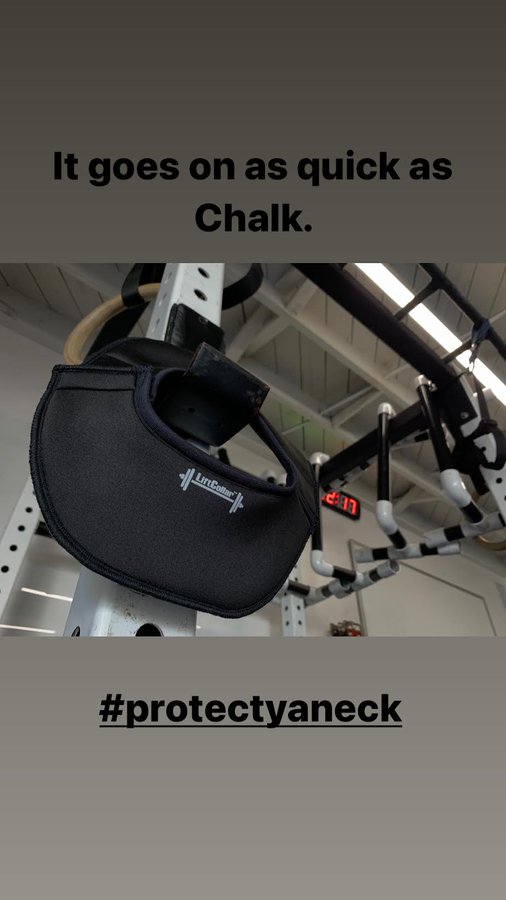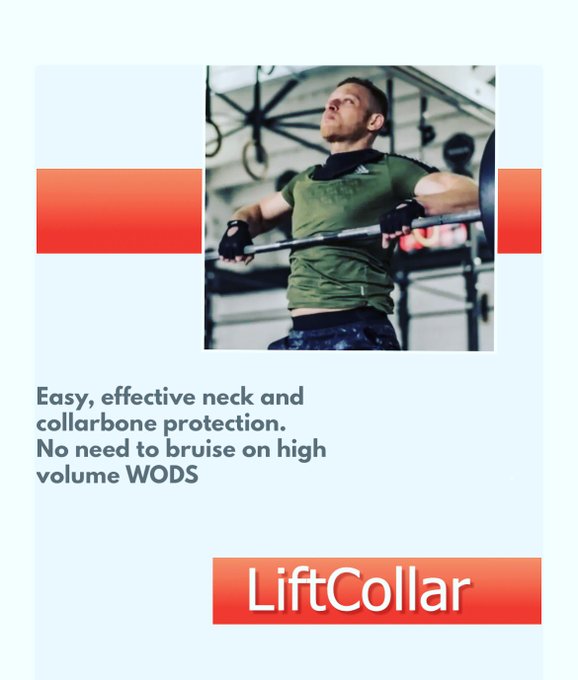Weightlifting is one of the most effective ways to build muscle, gain strength, and improve overall fitness. But with heavy lifting comes risk—especially to vulnerable areas like the neck and collarbone. Whether you’re a beginner, a CrossFit enthusiast, or a seasoned powerlifter, proper protection is essential. we’ll discuss why using a weightlifting neck brace for injury support and a collarbone protector is crucial, how to choose the right one, and how it can help prevent long-term injury. We’ll also answer some frequently asked questions to help you stay safe and lift smart.
Why Do You Need a Weightlifting Neck Brace for Injury Support?
The neck is an often-overlooked area in weight training. Yet, improper posture, excessive loads, or prior injuries can lead to serious discomfort—or worse, permanent damage.
A weightlifting neck brace for injury support is designed to:
-
Stabilize your neck during heavy lifts
-
Reduce muscle strain from barbell pressure
-
Prevent aggravation of past injuries
-
Encourage better lifting posture
Unlike generic braces, a specialized neck brace for lifting offers targeted compression and support, helping you train with confidence.
The Role of a Collarbone Protector in Safe Lifting
Your collarbone (clavicle) is another high-risk area, especially during exercises like front squats, clean and jerks, or weighted carries. A collarbone protector provides a cushioned barrier between the barbell and your clavicle, reducing the chance of bruising or fractures.
Here’s how a collarbone protector can enhance your training:
-
Protects against barbell impact
-
Distributes weight evenly
-
Improves lifting comfort
-
Prevents soft tissue damage
When combined with a neck brace, you’re creating a safer, more controlled lifting environment for your upper body.
Features to Look for in a Weightlifting Neck Brace and Collarbone Protector
Not all protective gear is created equal. When choosing a weightlifting neck brace for injury support and collarbone protector, look for the following features:
1. Ergonomic Design
It should conform to your neck and collarbone shape without restricting movement.
2. High-Quality Materials
Durability matters—especially under heavy loads. Look for breathable, firm, yet flexible padding.
3. Adjustable Fit
Ensure the collar or brace stays in place with a secure, non-slip design.
4. Versatility
Your gear should support a variety of lifts—barbell squats, presses, and even CrossFit movements.
5. Portability
Choose a lightweight option that’s easy to carry in your gym bag.
LiftCollar: The Trusted Name in Protective Lifting Gear
At LiftCollar, we understand how important safety is for long-term success in strength training. Our products are designed by athletes, for athletes.
Our weightlifting neck brace for injury support offers stability, comfort, and durability in one sleek design. Combined with our premium collarbone protector, it ensures that you can lift heavy without sacrificing safety or form.
Lift smarter. Lift safer. Lift with LiftCollar.
FAQs: Weightlifting Neck Brace and Collarbone Protection
Q1: Who should use a weightlifting neck brace for injury support?
Anyone who lifts heavy weights—especially those with prior neck injuries, poor posture, or stiffness—can benefit. It’s also recommended for people recovering from whiplash or cervical strains.
Q2: Is it uncomfortable to wear a neck brace or collarbone protector while lifting?
Not at all. Modern designs like LiftCollar's use ergonomic shapes and breathable materials to ensure comfort during all workouts.
Q3: Will this gear restrict my range of motion?
No. A well-designed brace provides support without hindering your natural movement, so you can still perform lifts with proper form.
Q4: Can this help prevent long-term injury?
Yes. Consistent use of a weightlifting neck brace for injury support and collarbone protector reduces the risk of strain and protects sensitive areas during intense workouts.
Q5: How do I clean and maintain my neck brace and collarbone protector?
Most gear is made with wipeable or washable materials. Always follow the manufacturer’s care instructions to prolong the lifespan of your product.
Final Thoughts: Invest in Your Safety
When it comes to lifting, your form, consistency, and safety gear all matter. Injuries to the neck or collarbone can sideline you for weeks—or worse, permanently. That’s why adding a weightlifting neck brace for injury support and collarbone protector to your gym kit isn’t optional—it’s essential.
By investing in the right protective equipment, you’re investing in your health, performance, and future gains.
Ready to protect your neck and power up your lifts?
Browse our collection at LiftCollar.com and discover why athletes around the world trust our products.






